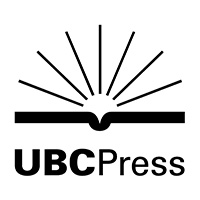Distributed for University of British Columbia Press
Sri Lankan Tamil Nationalism
The militarisation of the Sinhala-Tamil conflict in Sri Lanka began in the 1970s when attempts to reconcile by peaceful means the Tamils’ claim for basic individual and collective rights with the Sinhalese need to allay their chronic sense of insecurity finally failed. Since then the struggle has intensified, erupting successively in the burning of the Jaffna Public Library in 1981, the anti-Tamil pogrom in 1983, and the army’s assault on Jaffna in 1995. The mainly Hindu Sri Lankan Tamils have always been separated by language, religion, and history from the Buddhist Sinhalese although the minority community in the island vastly outnumbers the Sinhalese when the 40 million Tamils in South India are taken into account. The author’s analysis is informed by first-hand knowledge and personal contact with many of the actors involved.
Table of Contents
Acknowledgments
Acronyms
1 Introduction
2 Social structure and ethnography of Sri Lankan Tamils
3 Language, poetry, culture and Tamil nationalism
4 The political activity of Ceylon Tamils in the 19th century and up till 1930
5 G.G. Ponnambalam, the All-Ceylon Tamil Congress and Tamil national consciousness
6 Tamil nationalism, the Tamil Federal Party, the Tamil United Front and the Tamil United Liberation Front
7 The militarisation of Tamil youth
8 The Indian intervention and after
9 Eelam Tamil nationalism: an inside view (by A.J.V. Chandrakanthan)
10 Conclusion
Select bibliography
Index

